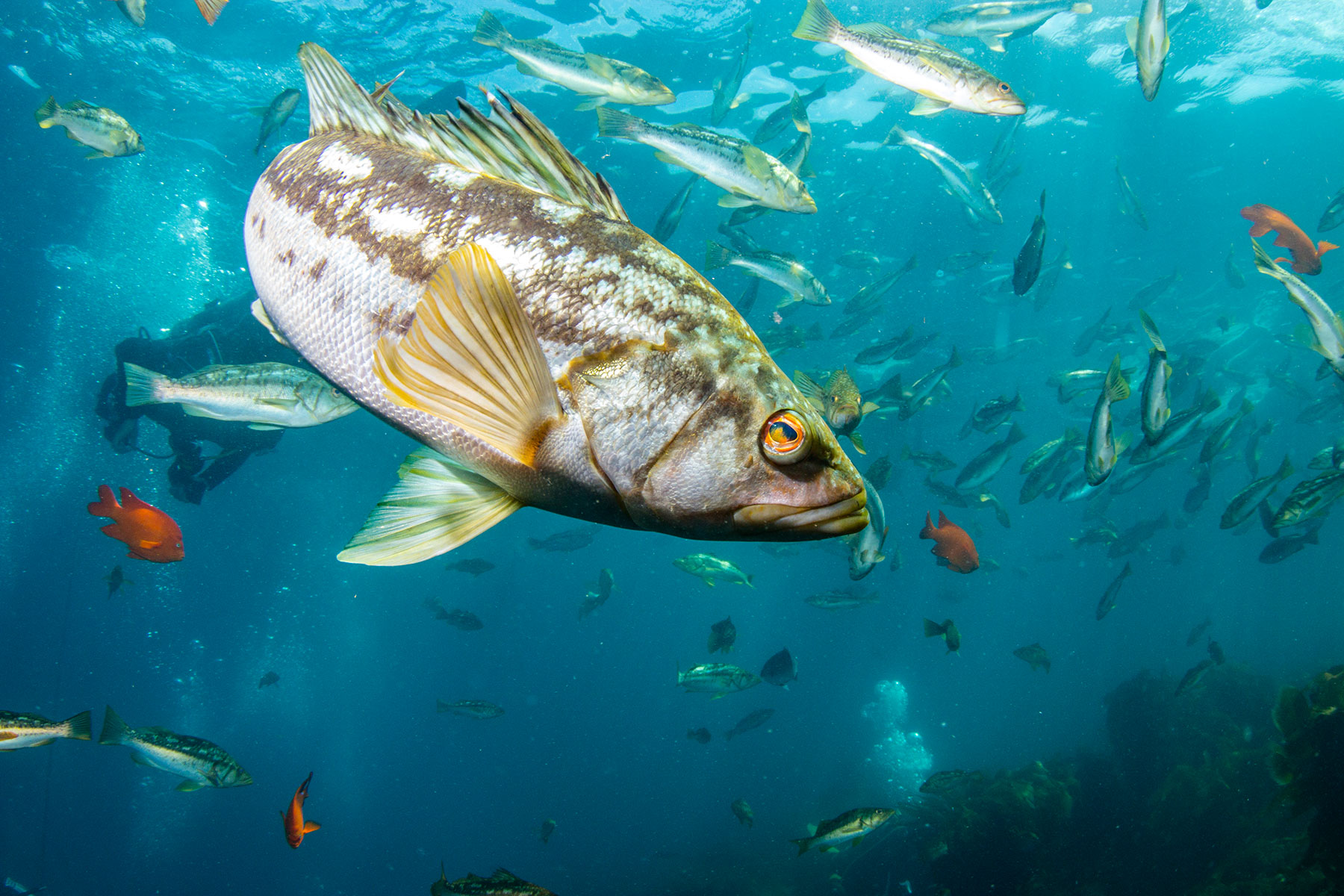SAN DIEGO—The pesticide dichloro-diphenyl-trichloroethane (DDT), banned in the 1970s because of its harmful effects on humans and the environment, is still causing lingering effects today because of industrial waste dumped in the ocean half a century ago, according to researchers.
A recent study by the University of California–San Diego’s Scripps Institution of Oceanography found that DDT was still detected in 93 percent of 1,074 fish samples and 75 percent of 1,275 ocean floor sediment samples collected from the Southern California coast between 1998 and 2021.
The DDT came from the now-defunct Montrose Chemical Corporation based in Torrance, California. Once North America’s largest DDT producer, according to the study, the company routinely and legally dumped its manufacturing waste containing residual DDT into the Southern California ocean before the chemical’s harmful effects were recognized and the bans took effect.
“In Southern California, extensive dumping of agrochemical waste, particularly chlorinated hydrocarbon contaminants such as DDT, via sewage outfalls and permitted offshore barging occurred for most of the last century,” researchers wrote in the article, and their research aimed to examine “how this unique legacy of regional ocean disposal translates into the contemporary contamination of the coastal ocean.”
Montrose was founded in 1947 and closed in 1982. As of 2000, it had settled several DDT contamination lawsuits with the United States and California for nearly $140 million. The money went to programs to clean up the contamination.
“It is a terrible chapter in our history, treating our ocean as a giant garbage can,” David Valentine, professor and founding director of the Marine Science program in the College of Creative Studies at University of California–Santa Barbara, who did not work on the study, told The Epoch Times.
“But now we are more careful what we dump into the ocean. There are substantially more regulations.”
Most Fish Are Safe to Eat
Although researchers found that DDT contamination has not yet disappeared, they also found that contamination has decreased over time and that most fish caught in Southern California are safe to eat in terms of DDT content.
Most of the fish samples—86 percent—had DDT levels below the threshold for safety consumption set by California Environmental Protection Agency’s Office of Environmental Health Hazard Assessment, while 3 percent “exceeded the most restrictive threshold of consumption,” according to the study. The remaining 11 percent should be consumed only occasionally.
The data also suggested that DDT in the ocean floor sediment has become “less bioavailable due to degradation and burial,” resulting in less contamination of fish. The burial of DDT by new sediment over time is likely more substantial than its degradation, Brice Semmens, a professor in the Marine Biology Research Division at Scripps Institution of Oceanography and one of the researchers for the study, told The Epoch Times.
Because of the localization of the DDT, most fish that anglers catch throughout California, even throughout Southern California, are safe to eat, Semmens said.
The most contaminated 3 percent of fish samples were from the DDT dumping site at the Palos Verdes Shelf off the Los Angeles coast. This is also where researchers found the highest DDT concentration in sediment.
Research has shown that DDT can also harm marine animals, such as sea lions, and California condors, which can feed on the carcasses of contaminated animals.
“This is a great example to bring to the public’s attention to show what could happen when we acted without thinking, when we dumped all that stuff and didn’t care to think of the ramifications,” Valentine said of the study.
“It is important to have discussions about this—these chemicals benefit us but also cause harm—so that we can take a more balanced approach: How do we handle all these chemicals that we are making, how do we regulate them? These are difficult but important questions.”

A figure showing locations along the Southern California Bight where DDT sediment samples (green dots) and fish samples (orange, fish zones) were collected. (Courtesy of Lillian McGill)
DDT Remains Localized
Semmens said he was surprised to find out from the study that “the spatial footprint of where the DDT is in the sediments off California is remarkably well-conserved relative to where it was dumped into the ocean long, long ago.”
This is contrary to what is generally believed, that the ocean disperses and dilutes toxins, he said.
Part of the reason is that DDT is not water-soluble, Semmens said.
“But we don’t know exactly why the ocean hasn’t done more to disperse the pollutants,“ he added. ”That’s an interesting open question.”

An angler at a 2015 fishing derby in San Diego. (The Southern California Coastal Water Research Project).
He said some trial studies of other toxins and metals suggested similar trends, but more data are needed.
“Zooming all the way out, the study showed that the ocean doesn’t have an infinite capacity to deal with pollutants, toxins, and negative impacts that we as humans put on it,” Semmens said.
DDT in History
DDT was developed in the 1940s and was the first synthetic insecticide; it was used to combat malaria, typhus, and other insect-borne human diseases.
Swiss chemist Paul Hermann Müller was awarded the 1948 Nobel Prize in Physiology or Medicine “for his discovery of the high efficiency of DDT as a contact poison against several arthropods.”
DTT was later widely used for agricultural purposes. In 1972, the U.S. Environmental Protection Agency (EPA) issued a cancellation order for DDT “based on its adverse environmental effects” and “its potential human health risks.”
DDT is now classified as a probable human carcinogen by U.S. and international authorities.
It is also known to be very persistent in the environment and accumulate in fatty tissues, according to the EPA.













